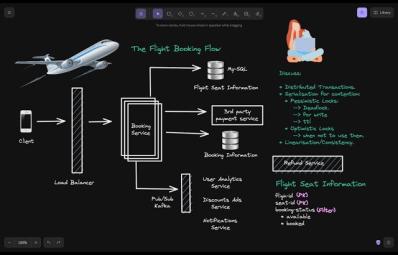Posted At: Feb 27, 2025 - 121 Views

Introduction
The debate over government intervention in international trade remains a critical issue in global economics. Some argue that protectionist measures help safeguard domestic jobs and industries, while others believe free market competition fosters innovation and economic growth.
This discussion explores key arguments for and against trade intervention, along with real-world examples such as U.S. steel tariffs and global resource allocation models.
🚀 Download the Full Discussion (PDF): Click Here
1. Should Governments Regulate Global Trade to Protect Domestic Industries?
📌 Key Argument: Trade intervention can address job losses and unfair competition, but long-term protectionism may hurt global competitiveness.
🔹 Proponents of Government Regulation argue that trade policies can:
✔ Counteract unfair trade practices, such as foreign subsidies.
✔ Protect domestic jobs and struggling industries.
✔ Reduce trade imbalances caused by foreign competition.
🔹 Critics of Protectionism highlight that:
✔ Artificial trade barriers increase consumer costs (e.g., 2002 U.S. steel tariffs raised costs for American automakers).
✔ Overprotection can reduce innovation and competitiveness in domestic industries.
✔ Market forces should dictate business success, not government intervention.
💡 Best Approach: Short-term protections may be justified in certain cases, but long-term success depends on economic adaptation and global competitiveness.
2. How Trade Affects Economic Growth & Market Competition
📌 Key Argument: Affluent nations benefit from better resource allocation, but trade liberalization impacts product differentiation.
🔹 Findings from International Trade Research:
✔ Wealthier nations channel resources efficiently into high-value industries.
✔ Economic growth from trade depends on national productivity and wealth levels.
✔ Market size influences product differentiation strategies.
🔹 Trade Liberalization & Market Differentiation:
✔ In early stages, free trade promotes product variety.
✔ As trade expands, product differentiation decreases due to intensified competition.
💡 Takeaway: Countries must balance free trade with domestic industry growth to maximize long-term economic benefits.
3. Real-World Examples of Trade Policy Impacts
📌 Case Study 1: The 2002 U.S. Steel Tariffs
✔ Aimed at protecting American steel manufacturers.
✔ Resulted in higher costs for auto & manufacturing industries.
✔ Demonstrated short-term benefits but long-term inefficiencies.
📌 Case Study 2: Trade Liberalization & Market Expansion
✔ Larger economies benefit from trade due to higher resource absorption capacity.
✔ Smaller markets may struggle if industries fail to adapt to global competition.
💡 Policy Insight: A mix of trade openness and strategic industry support is needed for sustainable economic growth.
Conclusion
The debate over government intervention in global trade is complex. While targeted protectionist policies can offer short-term relief, long-term economic success depends on innovation, competition, and efficient resource allocation. Trade liberalization fosters growth, but policymakers must balance regulation with market-driven strategies.
📥 Download Full Discussion (PDF): Click Here
Related International Business Resources 📚
🔹 How Trade Policies Affect Global Competitiveness
🔹 The Pros & Cons of Protectionism in Economics
🔹 Impact of Free Trade Agreements on Emerging Markets
📌 Need expert research on global trade policies? 🚀 Our skilled writers at Highlander Writers can assist with business essays, case studies, and economic analysis papers!
Leave a comment
Your email address will not be published. Required fields are marked *










